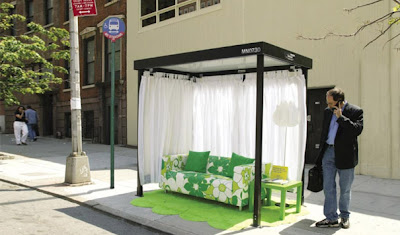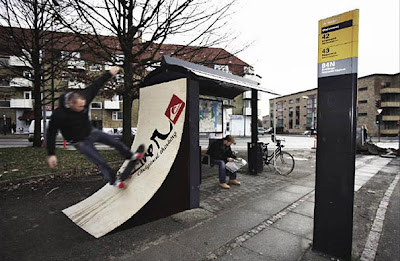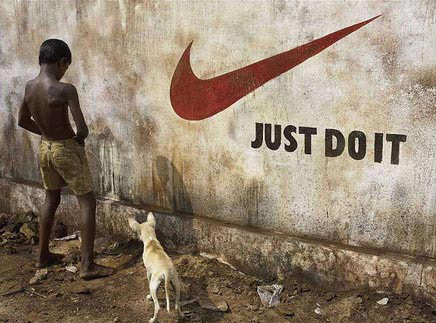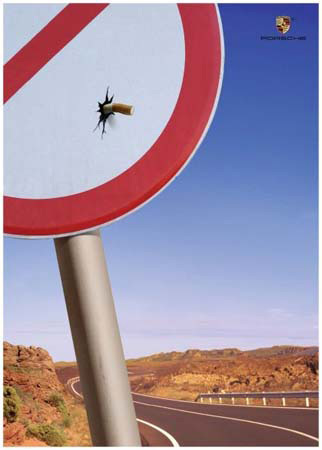Bluetooth was named after a late tenth century king, Harald Gormsson, viking king of Denmark and Norway. He was nicknamed "Blatand" which translates into Bluetooth. It was believed he had a tooth and gum disease which caused the discoloration of his teeth.
Additional Answer:
Bluetooth® is named for Tenth Century Danish king Harald Blåtand, known in English as Harold Bluetooth Gromson, who is reputed to have been so fond of blueberries that his teeth were stained blue.
And some more info:
It was named this as the king was most known for his unification of two warring tribes from Denmark and Norway. So, just as King Bluetooth connected these two previously warring tribes so does the Bluetooth technology with two electronic devices
Blue tooth were due to the blue colour of his crown he used to wear frequently
Read more about Herald Bluetooth
Additional Answer:
Bluetooth® is named for Tenth Century Danish king Harald Blåtand, known in English as Harold Bluetooth Gromson, who is reputed to have been so fond of blueberries that his teeth were stained blue.
And some more info:
It was named this as the king was most known for his unification of two warring tribes from Denmark and Norway. So, just as King Bluetooth connected these two previously warring tribes so does the Bluetooth technology with two electronic devices
Blue tooth were due to the blue colour of his crown he used to wear frequently
Read more about Herald Bluetooth
What is Bluetooth ?Bluetooth is a wireless technology that enables any electrical device to wirelessly communicate in the 2.5 GHz ISM (license free) frequency band. It allows devices such as mobile phones, headsets, PDA's and portable computers to communicate and send data to each other without the need for wires or cables to link to devices together. It has been specifically designed as a low cost, low power, radio technology, which is particularly suited to the short range Personal Area Network (PAN) application. (It is the design focus on low cost, low size and low power which distinguishes it from the IEEE 802.11 wireless LAN technology).
The Main Features of Bluetooth:
- Operates in the 2.4GHz frequency band without a license for wireless communication.
- Real-time data transfer usually possible between 10-100m.
- Close proximity not required as with infrared data (IrDA) communication devices as Bluetooth doesn't suffer from interference from obstacles such as walls.
- Supports both point-to-point wireless connections without cables between mobile phones and personal computers, as well as point-to-multipoint connections to anable ad hoc local wireless networks.
When and How was it Conceived ?Bluetooth was originally conceived by Ericsson in 1994, when they began a study to examine alternatives to cables that linked mobile phone accessories. Ericsson already had a strong capability in short range wireless, having been a key pioneer of the European DECT cordless telecommunications standard, which had been largely based upon their earlier proprietary DCT900 technology. Out of their study was born the specification for Bluetooth wireless.
- Operates in the 2.4GHz frequency band without a license for wireless communication.
- Real-time data transfer usually possible between 10-100m.
- Close proximity not required as with infrared data (IrDA) communication devices as Bluetooth doesn't suffer from interference from obstacles such as walls.
- Supports both point-to-point wireless connections without cables between mobile phones and personal computers, as well as point-to-multipoint connections to anable ad hoc local wireless networks.
When and How was it Conceived ?Bluetooth was originally conceived by Ericsson in 1994, when they began a study to examine alternatives to cables that linked mobile phone accessories. Ericsson already had a strong capability in short range wireless, having been a key pioneer of the European DECT cordless telecommunications standard, which had been largely based upon their earlier proprietary DCT900 technology. Out of their study was born the specification for Bluetooth wireless.
Where did the Name Come From ?Bluetooth was named after Harald Blatand (or Bluetooth), a tenth century Danish Viking king who had united and controlled large parts of Scandinavia which are today Denmark and Norway. The name was chosen to highlight the potential of the technology to unify the telecommunications and computing industries - although it was chosen as an internal codename, and it was never at the time expected to survive as the name used in the commercial arena - but that is another story...
What is the SIG (Special Interest group) ?In February 1998, the Bluetooth SIG (Special Interest Group) was founded by a small core of major companies - IBM, Intel, Nokia, Toshiba and Ericsson - to work together to develop the technology and to subsequently promote its widespread commercial acceptance.
What is the SIG (Special Interest group) ?In February 1998, the Bluetooth SIG (Special Interest Group) was founded by a small core of major companies - IBM, Intel, Nokia, Toshiba and Ericsson - to work together to develop the technology and to subsequently promote its widespread commercial acceptance.
Six months later the core Promoter Members announced publicly the global SIG and invited other companies to join, with free access to the technology as Bluetooth adopters in return for commitment to support the Bluetooth specification. Adoption was rapid and 1998-1999 saw a boom in the market for Bluetooth conference organisers, and vast amounts of hype regarding the potential of the technology.
In December 1999 it was announced that four more major companies had joined the SIG as Promoter Members, viz. Microsoft, Agere Systems (then Lucent), 3Com and Motorola.
SIG Membership ?Since its original foundation, the Bluetooth SIG has transitioned into a not-for-profit trade association, Bluetooth SIG, Inc. Membership is open to all companies wishing to develop, market and promote Bluetooth products at two levels - Associate and Adopter Members.
Associate Members pay an annual membership charge of US$ 7k (companies with annual revenues < US$ 100M, or US$ 40k for larger companies. Asociate members may actively participate in the Working Groups and Expert groups that help shape and define the Bluetooth technology specifications. Adopter Membership does not carry this privilege, but is free of charge. Details of membership may be found on the SIG website membership area.What about the various Specifications v1.0, v1.1 ?Copies of the full technical specifications are still only available to SIG members - one of the benefits of membership - however, a great deal of the information is by now in the public domain. more information on the technical specifics may be found on The Wireless Directory 's Technology Page.
Products ?Bluetooth technology is essentially an "enabling technology" - that is it is designed to be incorporated in a very wide range of products, to allow them to intercommunicate, rather than being a product in its own right. Having said that, some early products include things like Compact Flash of Dongle devices to add Bluetooth functionality into existing legacy products, such as laptops and PDAs. The Wireless Directory provides an on-line guide to the wide range of products available - see our Products Index.
There are also a wide range of of Bluetooth technology companies marketing modules, software, subsystems, chips, IP, etc - the things that go into creating a Bluetooth-enabled product - details of these types of products may be found in our CreateProduIndex.
Which Companies are in the Bluetooth Market ?The answer to this is "a large number !" - but to be more precise you may wish to check out the Company Direct, which lists those that The Wireless Directory is aware of. We try to keep tabs on all the players and maintain a comprehensive directory of their current products, but in such a fast moving industry we're always running to to stay current. So if your company is in this market space, but not yet listed, then please . so that we can add your details - this is a free service, provided for the industry.
Where to From Here ?The Wireless Directory is designed to provide the wireless professional (technologists and commercial staff) with a powerful and comprehensive resource to assist in keeping up to date with industry developments, in terms of new products, components, learning resources, industry news, etc.
The website is structured around several such key themes, with the information packaged accordingly, depending upon your interests, as shown by the vertical columns on the . However, The Wireless Directory is more than a website, it is a community, with much of our content provided by individuals working for companies whose information you'll find here who choose to join the communit (free of charge) to contribute and to receive e-news bulletins.







































































